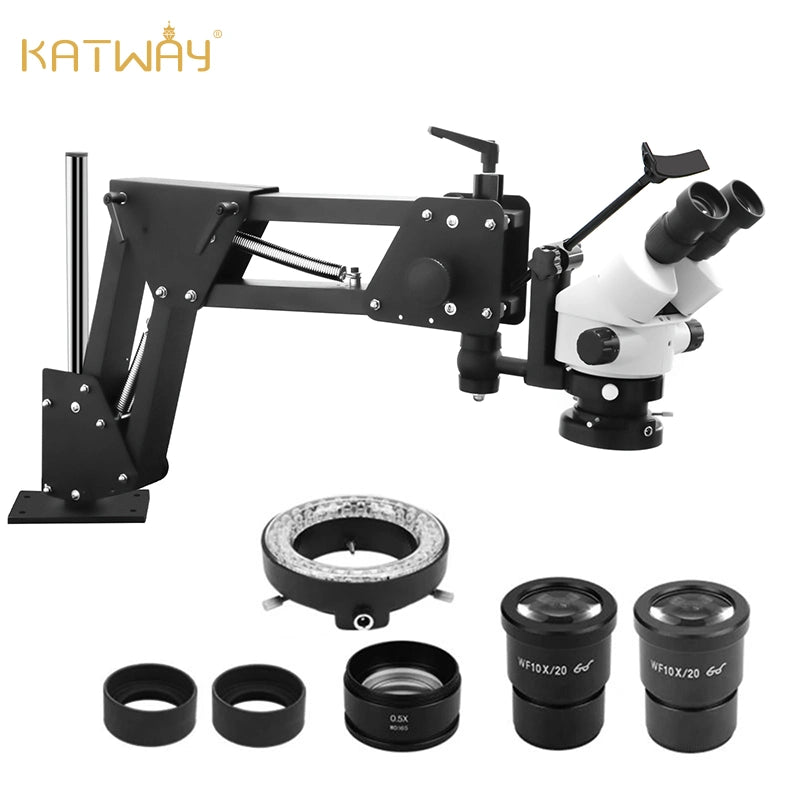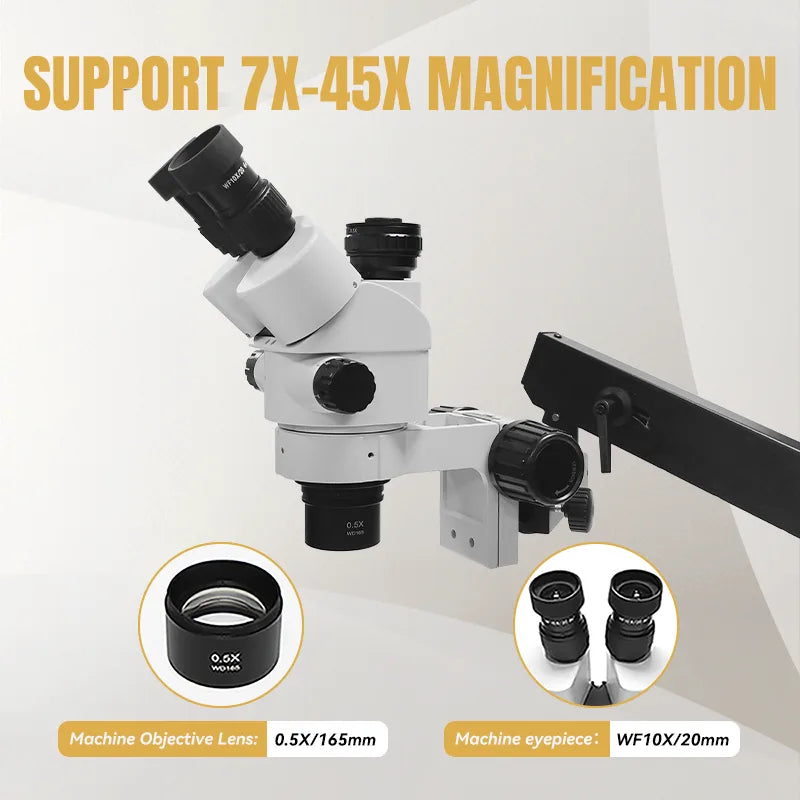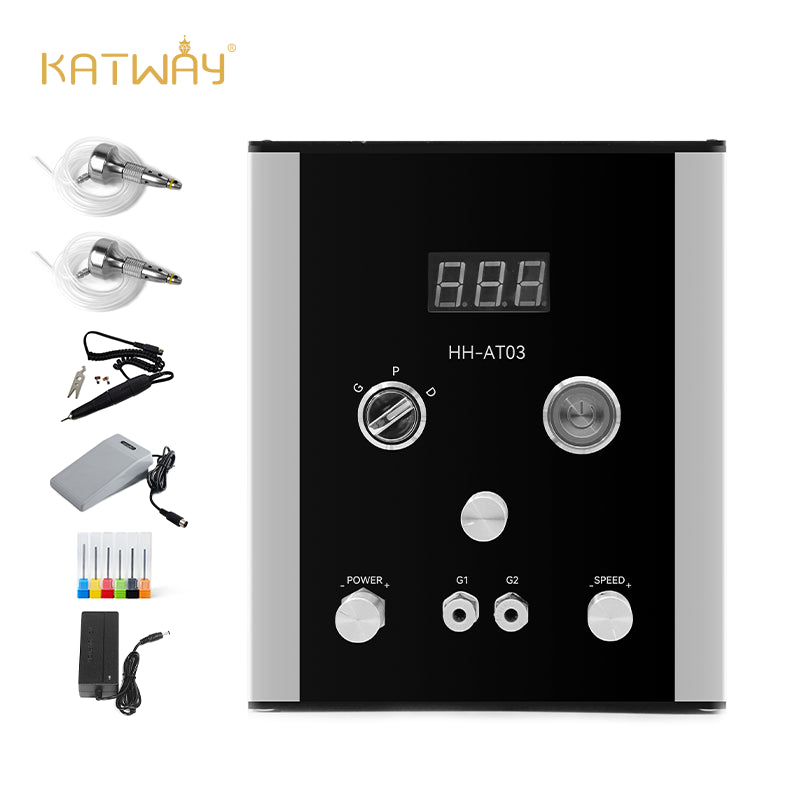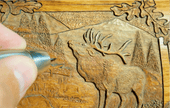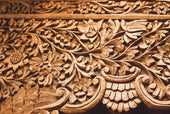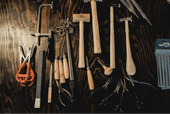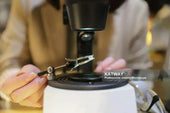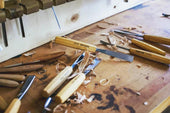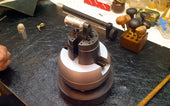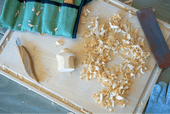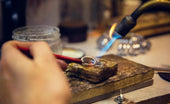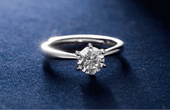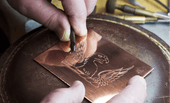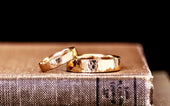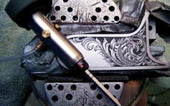Jump Rings for Novices: A Step-by-Step Guide on Utilization
Do you know what Jump Rings are? Anyone who likes to make their own jewelry knows Jump Rings. Jump Rings are the basic process and key component of all jewelry production. They can combine various parts such as chains, clasps, pendants and accessories. Earrings, necklaces, bracelets and anklets can be realized through the application of Jump Rings. Jump Rings can help jewelry artisans make beautiful jewelry that is more professional and durable.
However, there are many novice friends who are not familiar with the various functions of Jump Rings, today, we will take a detailed look at the magic of Jump Rings. Next, we will show you how Jump Rings can be used in jewelry making projects, and how beginners can use Jump Rings to create their own pieces.
Main types and sizes of Jump Rings
Before we learn how to use Jump Rings, we need to understand what types they are. There are two main types of Jump Rings commonly used in jewelry making.
Open Jump Rings: These are small metal rings with narrow cuts that can be used as openings for jewelry. This opening allows you to pry the Jump Rings open with pliers and then link the other parts. After the final link is completed, the opening can also be welded closed.
Closed Jump Rings: Small metal rings with no set openings. They need to be welded directly to jewelry or other components.
How to choose the right Jump Rings
Before diving into the use of Jump Rings, how to choose the right Jump Rings is a very important prerequisite. In addition to factors such as the finish and shape of the raw material, we must also take into account the diameter of the ring (which determines the size of the Jump Rings) and the weight (which is determined by the thickness of the wire forming the Jump Rings). These two values together determine the strength of the Jump Rings, so they are key considerations. In particular, if the jewelry you want to make is intended to be worn regularly in the future, it needs to be strong enough. In general, the heavier the piece to be made, the stronger the Jump Rings should be.
Jump Rings come in a variety of different sizes and alloys to choose from, so you can find Rings to match your unique needs when making your jewelry. Although the round Jump Rings are the most commonly used type, each craftsman with different personalities can combine their own designs and set other shapes (such as ovals) to add more flexible decorative elements to the work.
How do I open the Jump Rings?
Many people find it easy to open the Jump Rings. But if you open them incorrectly, you can damage the work. Therefore, mastering the correct steps to open the Jump Rings can ensure that the final piece is intact, resulting in long-lasting high-quality jewelry. But don't worry, it's really easy to use Jump Rings. Here's how to open them properly.
Gather the necessary tools: a Jump ring and two flat nose pliers.
Use one pair of pliers to hold one side of the Jump Rings while using the other pair of pliers to hold the other side.
Carefully twist the two halves of the Jump Rings to open it up. Twist gently, rather than pulling the halves apart, to prevent the Jump Rings from twisting too much.
When the two widths of the Jump Rings are twisted enough to fit into the attachments of the required components, do not twist any further. Keep in mind not to expand the opening too much to avoid potential damage.
After installing all the parts, you can close the Jump Rings. So how do you effectively close the Jump Rings? See the steps below.

How do I close the Jump Rings?
Here are the steps to safely close the Jump Rings:
Using two flat nose pliers to secure the Jump Rings, carefully twist the two halves of the Jump Rings in the opposite direction so that they overlap slightly in the closed position.
Then twist the two halves towards the closed position until the open ends are aligned with each other. This step ensures a cleaner and safer closing position, especially when dealing with precious metals such as gold and silver.
The final step is to seal the Jump Rings.
How to weld Jump Rings?
A reminder: Whether or not to solder Jump Rings depends on your specific accessory. If your jewelry design needs to be replaced at a later stage, there is no need to weld the Jump Rings so that they can be easily opened or closed later.
Welding is a key skill for mastering the use of Jump Rings. Here's a step-by-step guide:
First, make sure your Jump Rings are tightly closed. After securing the Jump Rings, gently apply a small amount of welding paste to the joint.
Heat the solder evenly to both sides of the joint with a low heat, so that the solder material smoothly enters the joint.
After heating, wait for the workpiece to cool, and finally put it into the pickling solution for cleaning.
Important note: Solder can be used sparingly, most of the time, the minimum amount of welding material should be enough to strengthen the connection.
How to make Jump Rings?
Through the above learning, we have been familiar with the use of Jump Rings, and now we can start to make our own Jump Rings. While quality prefabricated accessories are readily available on the market, mastering the skills to make Jump Rings will give you an edge. Especially in some emergency critical moments, such as running out of necessary accessories, or the need to use more materials to make a piece of jewelry.
Choose the right mandrel based on your desired Jump ring size and wire diameter.
Wrap the wire around the mandrel, making sure that each loop is tightly attached to the previous loop. Each complete loop will generate a Jump ring, which will keep winding until you have generated the number of Rings you need.
Then, gently pull out the wire from the mandrel and place it on a clean, flat surface.
Use a jewelry saw to segment the finished wire to form individual rings.
A specialized jewelry file is then used to polish the ends of each ring so that they line up seamlessly.
This is the Jump Rings.
View more related articles
Tips for Making Silver Jewelry
How Do Beginners Use Jump Rings?
Method of Making a Carving Knife and Template Set(Ⅱ)
Six Common Casting Process Introduction
Method of Making a Carving Knife and Template Set(Ⅰ)



